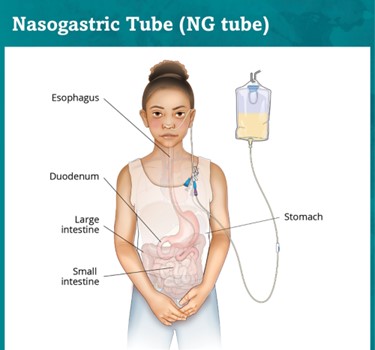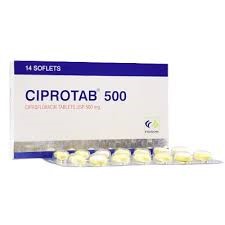A PACU nurse is monitoring the drainage from a client's NG tube following abdominal surgery. Which of the following findings in the first postoperative hour should the nurse report to the provider?
75 mL of greenish-yellow drainage
150 mL of serosanguineous drainage
100 mL of red drainage
200 mL of brown drainage
The Correct Answer is C
Choice A reason:
75 mL of greenish-yellow drainage should not be reported. This could be stomach contents or bile, which can be expected after surgery and might not be alarming.
Choice B reason:
150 mL of serosanguineous drainage should not be reported. Serosanguineous drainage is a mix of clear and slightly bloody fluid, which can be expected after surgery and may not be alarming.
Choice C reason:
100 mL of red drainage should be reported. After abdominal surgery, the drainage from an NG (nasogastric) tube is monitored to assess the client's condition and the status of their gastrointestinal system. Red drainage could indicate bleeding, which is a significant concern after surgery. The nurse should report this finding to the provider for further evaluation and intervention.
Choice D reason:
200 mL of brown drainage should not be reported. Brown drainage could also be indicative of old blood or digestive fluids, which might be expected after surgery and may not be alarming.

Nursing Test Bank
Naxlex Comprehensive Predictor Exams
Related Questions
Correct Answer is C
Explanation
Choice A Reason:
Diplopia is incorrect. Diplopia is double vision and is not a specific sign of malnutrition.
Choice B Reason:
Hyperproteinemia is incorrect - Malnutrition often leads to hypoalbuminemia (low levels of albumin, a protein), not hyperproteinemia.
Choice C Reason:
Cachexia is correct. Cachexia refers to a state of severe malnutrition and muscle wasting that can occur in individuals with chronic illnesses, especially advanced cancer, heart failure, or certain inflammatory conditions. It is characterized by significant weight loss, muscle atrophy, weakness, and fatigue. Cachexia goes beyond simple malnutrition and is a more severe manifestation of nutritional deficiency.
Choice D Reason:
Hypermagnesemia is incorrect - Malnutrition is more likely to cause deficiencies in minerals like magnesium, not excess levels (hypermagnesemia).
Correct Answer is B
Explanation
Choice A Reason:
Taking an antacid 30 minutes before taking ciprofloxacin is not necessary. Ciprofloxacin should generally be taken on an empty stomach, either 1-2 hours before or 2 hours after meals, but antacids containing aluminium, magnesium, or calcium can interfere with its absorption.
Choice B Reason:
Drinking 2 to 3 L of fluids daily is correct. For a client with chronic urinary tract infections who is taking ciprofloxacin, the nurse should instruct the client to increase fluid intake to maintain good urine flow and help flush out bacteria from the urinary system. Adequate hydration can contribute to preventing and managing urinary tract infections.
Choice C Reason:
Taking a laxative to prevent constipation is not directly related to ciprofloxacin use. While constipation can be a side effect of some medications, it is not a primary concern with ciprofloxacin.
Choice D Reason:
Monitoring heart rate is not a typical instruction related to ciprofloxacin use. While ciprofloxacin can have potential effects on heart rhythm (especially in high doses), this is not a common aspect of its use and does not typically require daily monitoring of heart rate.

Whether you are a student looking to ace your exams or a practicing nurse seeking to enhance your expertise , our nursing education contents will empower you with the confidence and competence to make a difference in the lives of patients and become a respected leader in the healthcare field.
Visit Naxlex, invest in your future and unlock endless possibilities with our unparalleled nursing education contents today
Report Wrong Answer on the Current Question
Do you disagree with the answer? If yes, what is your expected answer? Explain.
Kindly be descriptive with the issue you are facing.
